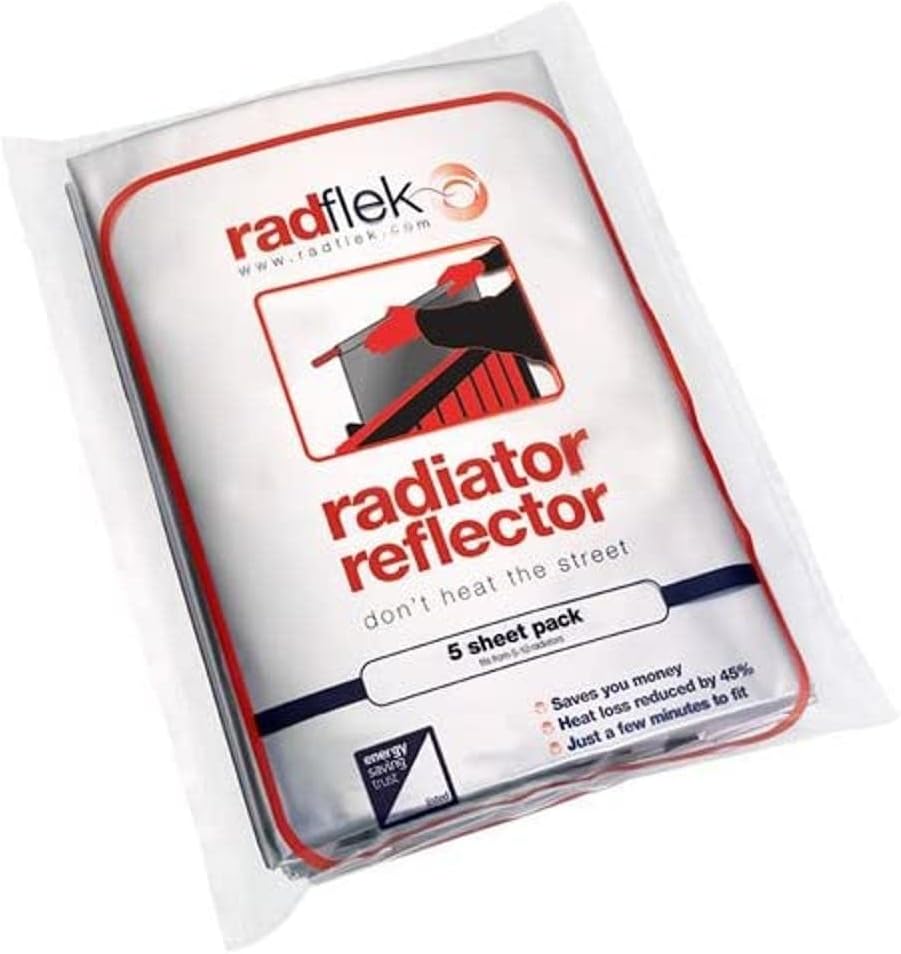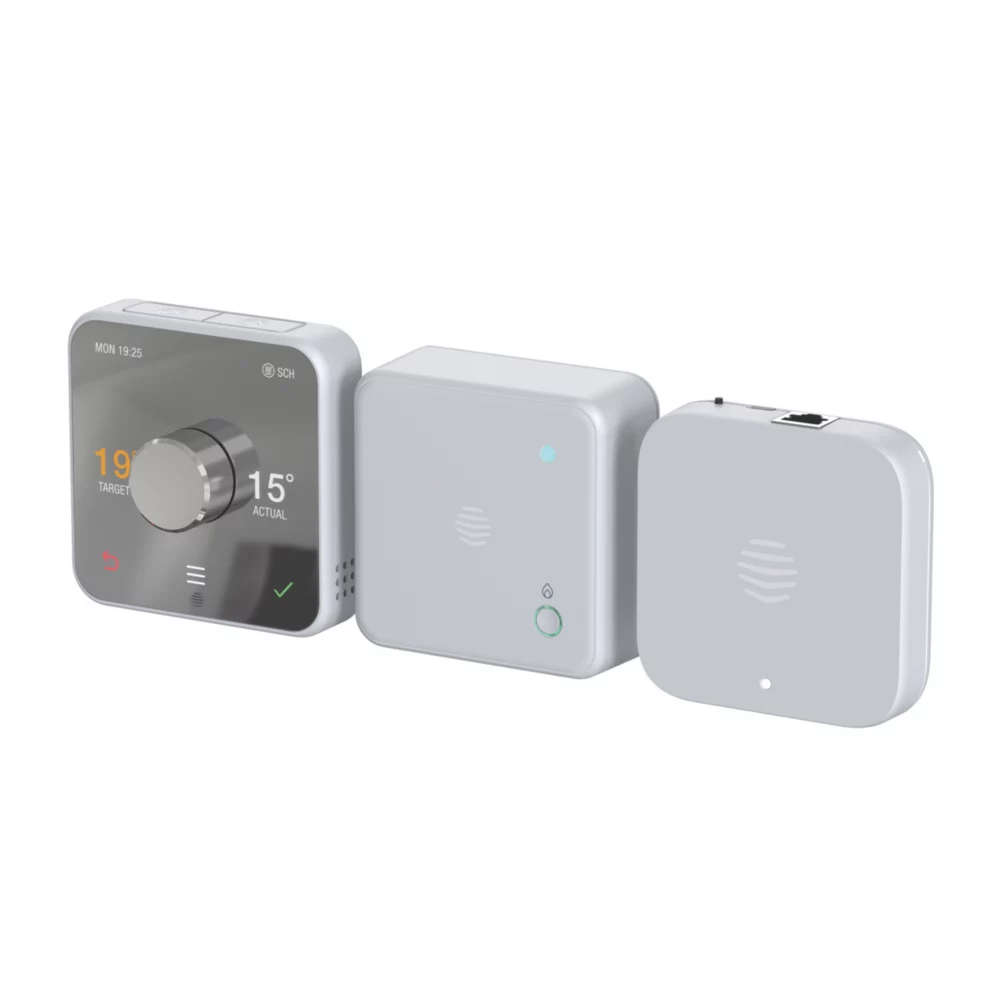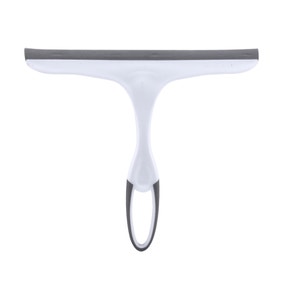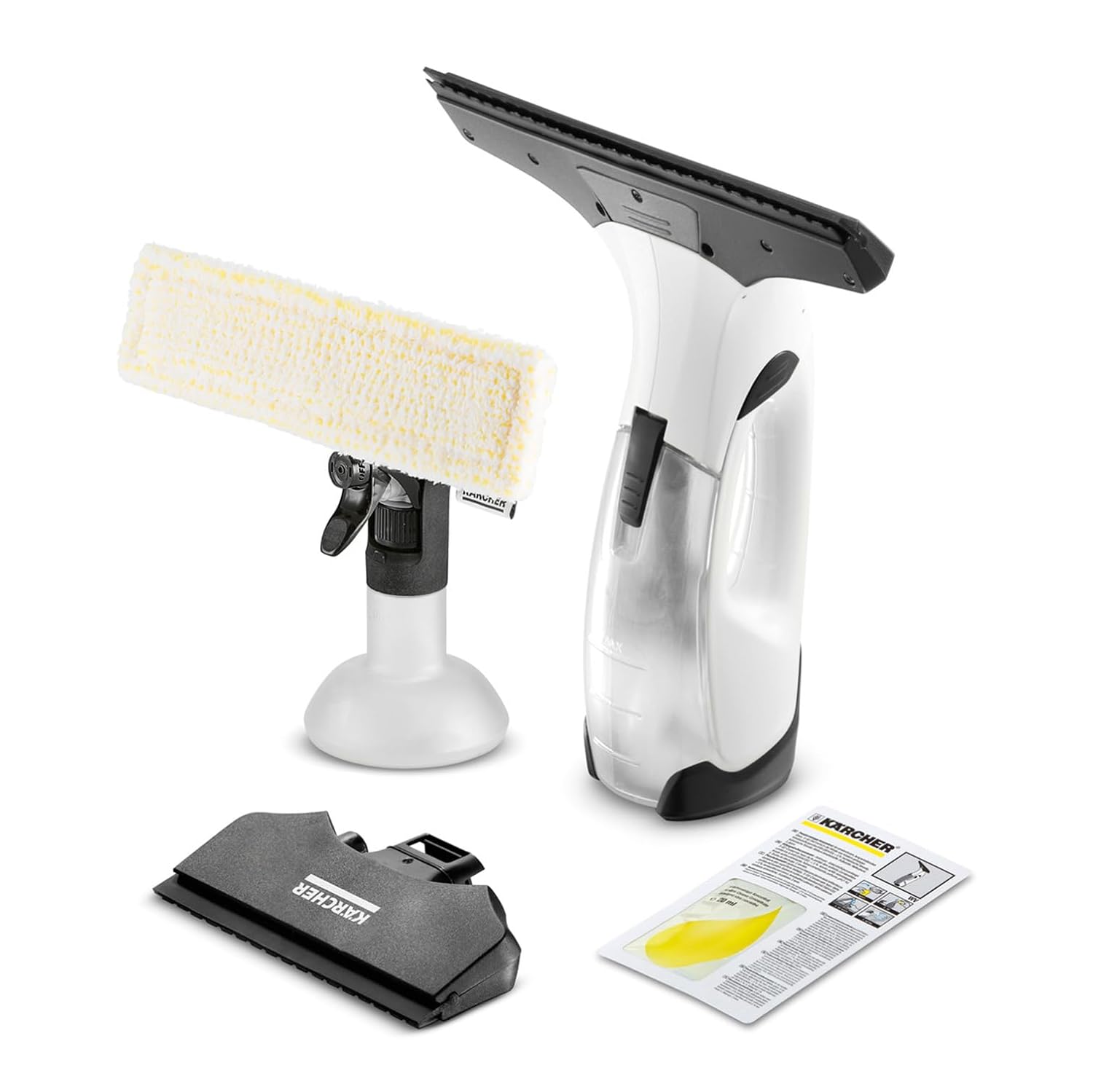This is the easy heating trick that I'm using to keep my home damp and mould-free this winter
This expert-approved (and super-easy) thermostat hack will keep moisture damage at bay


Cold temperatures and wet weather can wreak havoc with our homes. Beyond surging energy bills, it can mean more often dealing with condensation, ideally before it can lead to damp and mould.
Knowing how to keep your home warm in winter is more than just ensuring a comfortable environment, it can also be key to avoiding any health-harming issues caused by excess moisture levels. If, like me, you're concerned about risk this may pose in your home, the good news is that there is a heating trick you can use to ward it off and prevent it from forming in the first place. And it's definitely something I'm trying this winter.
Better still, if you have existing damp (which fortunately I don't) this hack may also help halt its progress, giving you time to resolve the cause and limit the damage.
The heating trick I'm using to prevent damp and mould forming
Experts are agreed that a key way to prevent damp and mould forming in your home is try and maintain a consistent temperature above 18°C, so I'm definitely making sure I follow that logic now that the weather is getting wetter and colder.
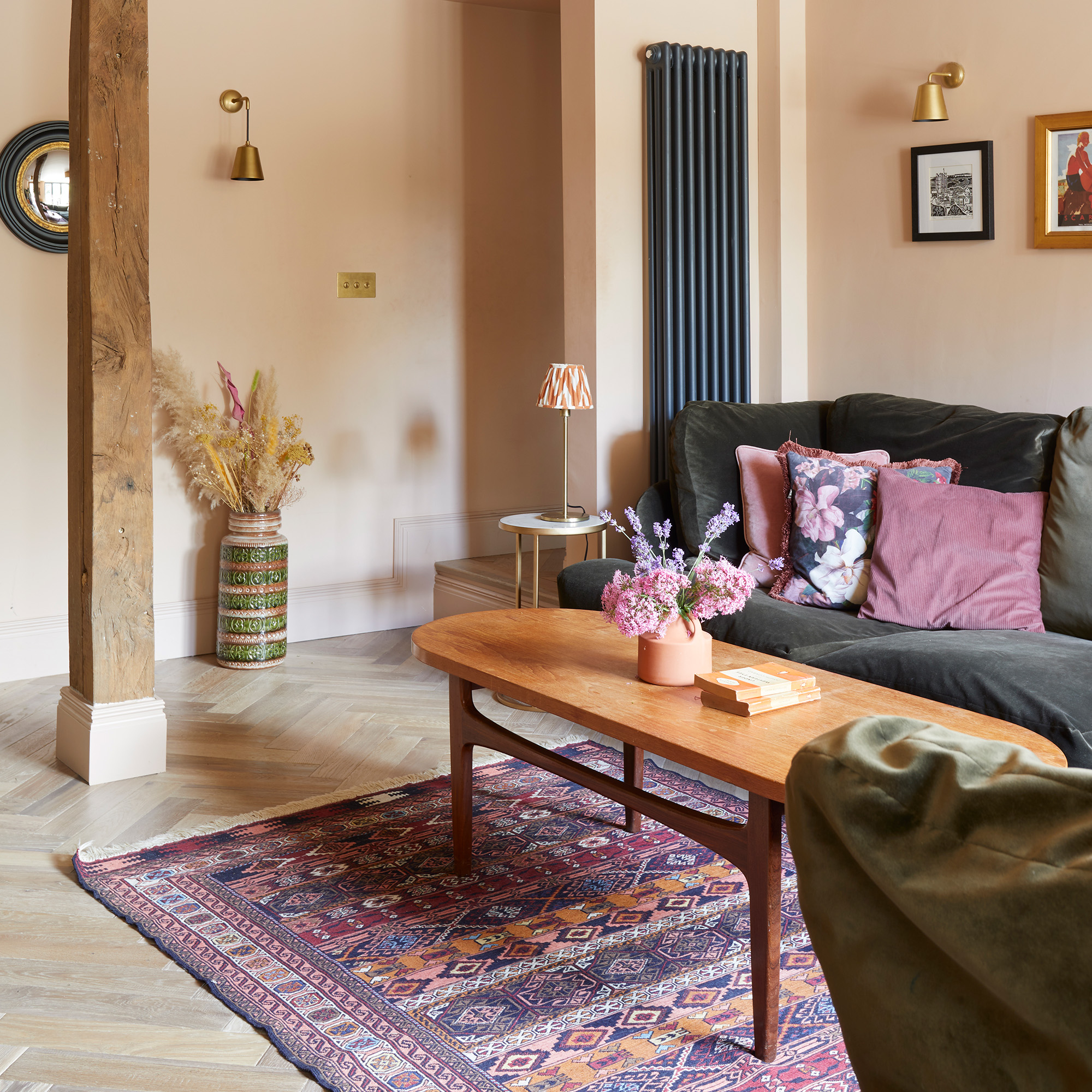
'When it comes to preventing damp and mould, maintaining a consistent temperature of around 18–21°C throughout your home is key, as this helps fight off condensation, which is one of the main causes of damp and mould growth,' says British Gas engineer Peter Knowles. 'This is especially important in rooms that contain more moisture like the bathroom and the kitchen, although it’s a good idea to ensure that all rooms receive at least some heat on a regular basis.'
'The biggest culprits for mould growth are cold spots, such as external walls and windows, where condensation is most likely to form,' adds Sam Carter, radiator expert at Appliances Direct. 'In a well-insulated home, the internal walls stay closer to the air temperature, making it much harder for mould to take hold.
'If your home regularly drops below 16°C, you’re creating the perfect conditions for mould and dangerous black mould to grow.'
Sign up to our newsletter for style inspiration, real homes, project and garden advice and shopping know-how

Fortunately, achieving this doesn't mean having your heating on all the time, which I'm definitely keen to avoid as part of my mission to lower my energy bills. Instead, I'll be using my heating at tactical times throughout the day — for example, first thing in the morning, for an hour in the early to mid afternoon and a couple of hours in the evening. So far this has worked for me.
If you notice your home is struggling to retain the heat you are generating, then it's worth getting some professional advice, as it may be that you need to remove old insulation and replace it with something new. But make sure you don't put insulation in the spots that could actually cause damp and mould.
It's also worth looking for draughty spots around windows, doors and sockets and sealing them up, using something like this draught-excluding tape, which costs less than £5 from Amazon.
I've also found radiator reflectors to be really effective at making my home feel warmer (meaning I can set my thermostat lower and save energy).
Can you use your heating to get rid of existing damp?

I'm lucky that I've not seen any existing signs of damp, but due to some dodgy DIY by the previous owners, it is something I have had to tackle before. If your home is already showing signs of rising or penetrative damp, then there is no heating hack that will solve the problem. However, it can prevent it from getting worse, which can buy you a little more time to get the issue resolved.
'While keeping your home at a steady temperature won’t remove existing damp, it can help stop it from getting worse,' says Peter Knowles. 'Combining consistent heating with good ventilation, such as opening windows briefly each day or using extractor fans, will let moist air escape and reduce the risk of further mould growth.'
What other tricks can help keep damp at bay?
I've always found that the best results come from mixing multiple methods, at least that's definitely been the case with reducing my energy bills. So it makes sense too that while ensuring your home remains a relatively consistent temperature is key to staving off damp, combining it with other methods is a sure fire way to keep your home comfortable and healthy all winter.
So what else can you try?
Keep your home well ventilated
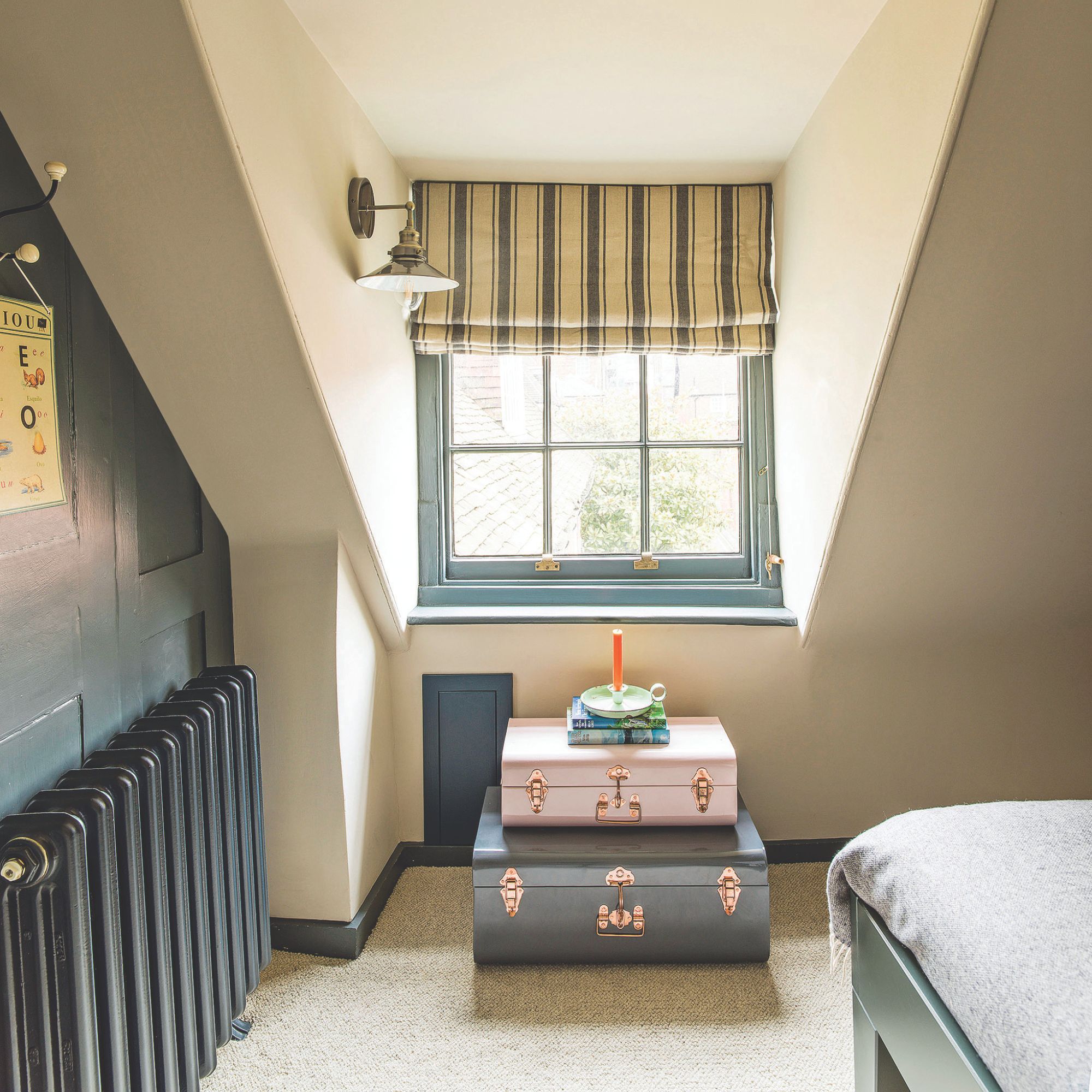
Ensuring good ventilation is vital for a healthy home, but this doesn't mean you have to leave your windows open all year round. Instead, you need to be burping your home.
'Ventilation, ventilation, ventilation,' says property expert and founder of Move iQ Phil Spencer. 'No, that’s not the title of my new show - even if it does have a ring to it. It is however, the best way to prevent the chief contributing factor to mould - moisture in the house.
'In summer, we tend to have the windows open a lot, and this creates plenty of cross-draught ventilation which naturally carries moisture outside. As the nights draw in at this time of year, we’re more likely to have the windows closed, and the lower temperatures can cause humid air to form condensation on windows and other cold surfaces.
'Even if it’s chilly outside, try to open your windows at least once a day to encourage the air to circulate - especially in bathrooms and kitchens.'
Use your extractor fans wisely

Make sure you use your extractor fan if you are doing anything that will create a lot of steam, like showering or cooking. This will pull the moist air out before it has the chance to cause damp.
It's also a good idea to keep doors closed to prevent the steam from finding its way to other areas of your home. After all there are common household items that are silent absorbers of moisture.
Wipe condensation away quickly
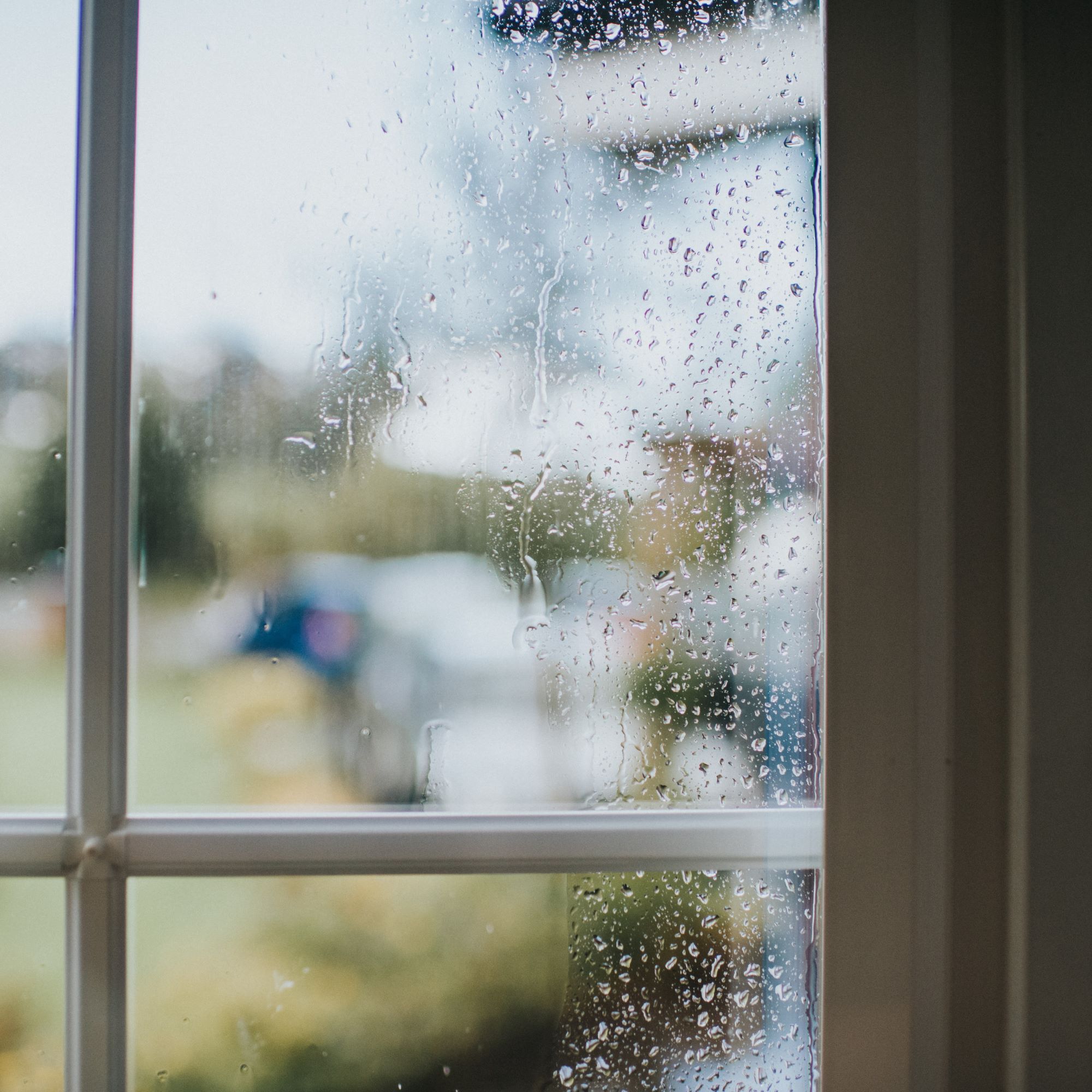
'As winter approaches, colder air temperatures can cause moisture in the air to condense - forming droplets or pools of water on windows, window frames and other hard surfaces,' explains Phil. 'If you spot condensation, wipe it up rather than letting it gather.'
Limit the moisture you add to the air
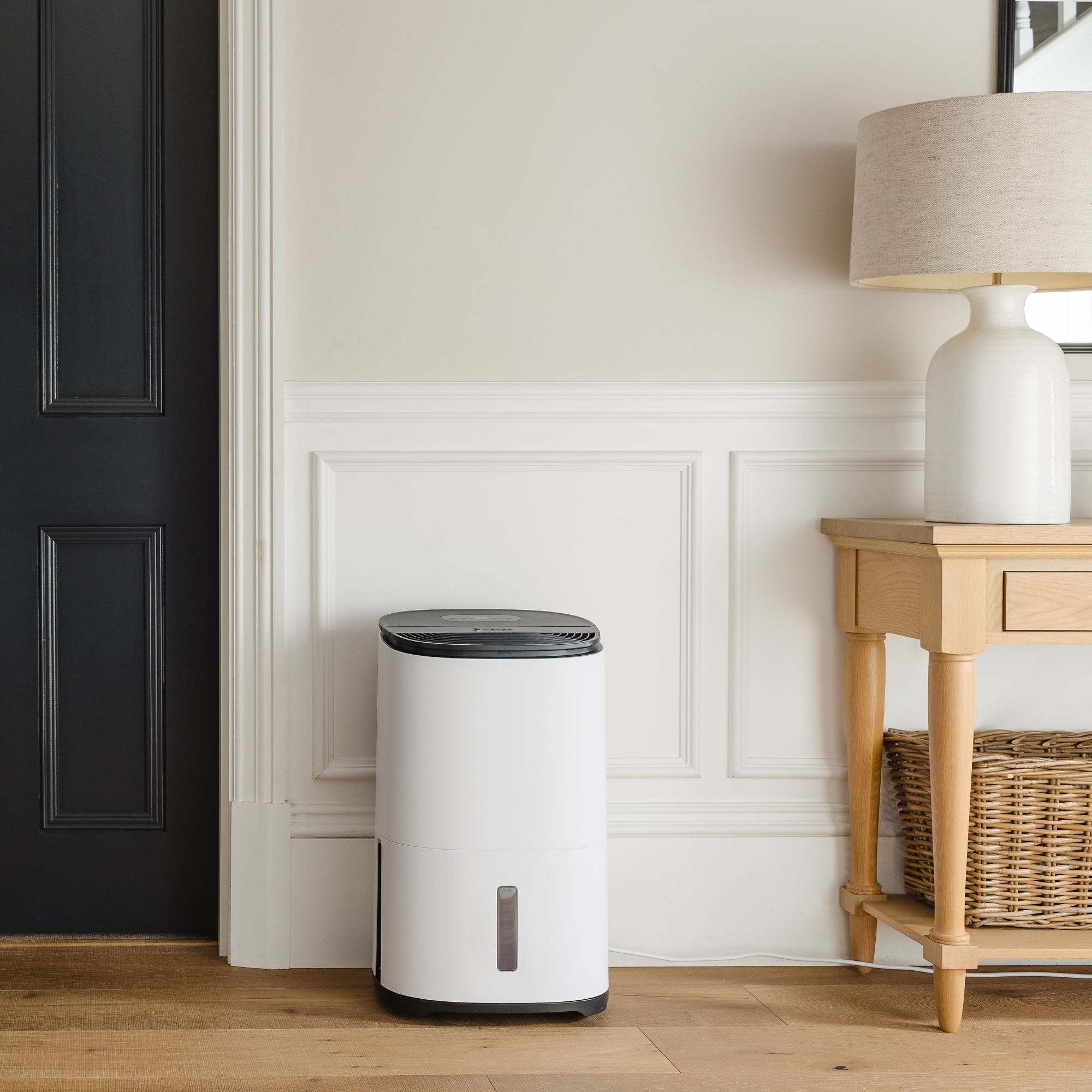
This might seem obvious, but if you want to prevent moisture build up in your home, it's best to avoid adding to the moisture levels.
Keeping lids on pans while cooking can help, and if you can, avoid drying clothes on radiators. Choosing one of the best heated clothes airers with a cover can be a good shout in winter, when you are left with no option but to dry clothes inside.
Another option is to invest in one of the best dehumidifiers to help you get rid of excess moisture before it can cause damage to your home.
FAQs
Can your home being too cold cause damp?
Yes, your home being too cold can definitely lead to issues with damp and mould, as James Kane from EnviroVent, explains: 'Every 1-degree change in temperature can impact moisture levels in your home. If the heating in your home is reduced in temperature by just 2 degrees, humidity levels will increase by 10%.'
Keeping track of your home's moisture levels can help you tackle the issues before any permanent damage is done.
If it feels like your home struggles to stay warm, try these home upgrades to ward off the winter chill.

Sarah Handley is Ideal Home’s Renovation Editor. She joined the team full time in September 2024, following three years of looking after the site's home finance content. As well as all things renovation, Sarah also looks after our Home Energy content, which covers all aspects of heating and insulation as well as tips on how homeowners can reduce their energy usage. She has been a journalist since 2007 and has worked for a range of titles including Homebuilding & Renovating, Real Homes, GoodtoKnow, The Money Edit and more.
You must confirm your public display name before commenting
Please logout and then login again, you will then be prompted to enter your display name.

